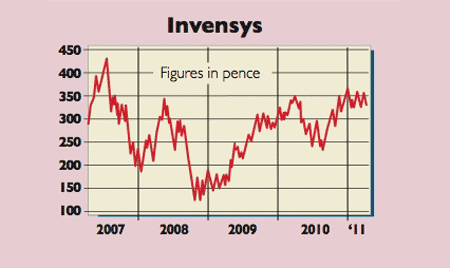
The Panama Canal’s near-100-year monopoly in transporting goods between the Atlantic and Pacific oceans is under threat. A Chinese plan to build a railway across Colombia would offer a new, quicker way for goods to cross the Americas. The audacious plan also reflects the resurgence of rail travel.
A high oil price, environmental concerns, extra aviation security and congested roads have combined to make rail appear more attractive than its rivals, air and road transport. For freight, rail is now far cheaper than road haulage. In America, home to one of the world’s most efficient freight rail networks, a tonne of cargo can travel 440 miles on one (American) gallon of diesel. As for passengers, once travelling to airports and security delays are factored in, high-speed trains can beat many flights over most short distances.
The trans-continental Colombian railway is still just a concept. But around the world, billions of dollars are being spent on building thousands of miles of new track and upgrading existing lines. In Europe a pan-continental high-speed service will link France, Germany, the Benelux, Spain and Italy. Even Britain, whose only dedicated high-speed track is the Eurostar line to London, is planning a new service connecting London, Birmingham and Manchester.
America too has long neglected passenger rail. Only one line (the Acela service that links Boston, New York and Washington) is high speed. Obama promised to change that – in 2009 he pledged $13bn to build high-speed lines. But $13bn doesn’t buy a lot of high-speed rail – the proposed London to Birmingham line is expected to cost £17bn. Besides, many Republicans oppose the plans. Still, analysts expect lines to be built between Democrat areas with high population density – eg, between Los Angeles and San Francisco.
Political opposition is, of course, much less of an issue for the Chinese government. China has almost 8,000 miles of high-speed track – far more than any other country – which it plans to double by 2020. Including conventional rail, China will have laid 31,000 miles of new track between 2000 and 2020. China is spending around $100bn a year on rail, with 17% of that going to high-speed projects. Other developing economies are following suit. Argentina, Indonesia, Saudi Arabia and Kazakhstan have unveiled high-speed rail programmes.
Since high-speed rail emerged in the 1960s the West has dominated the sector, but now low-cost Chinese firms are muscling in. In the last ten years, China has built a high-speed train industry “from scratch”, says Jamil Anderlini in the FT. Western train producers have only gained access to its markets by agreeing ‘technology transference agreements’.
The result: a host of low-cost competitors as “in a few short years” local firms “digested” the technology. Foreign train-makers have seen their market share shrink from 70% in 2004 to less than 20% today. Analysts expected this process to take far longer, but some “suggest that, in seeking to gain advantage over their global competitors in China, foreign companies have transferred much more advanced technology to Chinese partners than they admit publicly”. Whatever the truth, Chinese competitors, often backed “with cheap state bank financing”, are now competing for international orders.
Investing directly isn’t simple. Many lines lose money and rely on government subsidy. But one engineer should reward investors (see below).
The best bet in the sector
In April 2009 my colleague David Stevenson tipped rail-maker LB Foster
(Nasdaq: FSTR) as a way to play US rail. Since then the stock is up almost 30%. Foster is focused on America. Right now, there’s a better way to play international rail growth: Invensys (LSE: ISYS).
Invensys is a British engineer that helps build new lines, upgrade existing track and sells the signalling equipment needed to allay high-speed safety fears. Its rail division generates 31% of revenues, with the rest of sales coming from industrial IT and controls. It supplies commuter systems but its emphasis is on mainline – it is currently supplying the new Spanish high-speed service. It is also part of a European consortium that is bidding for the high-speed Mecca-Medina ‘pilgrimage train’ being built by Saudi Arabia. Last year, 80% of sales came from America, Europe and Britain, but it’s expanding – 44% of its future order book is from different regions, mostly Asian.
The shares plunged recently following the surprise ousting of CEO Ulf Henriksson. Yet Invensys looks cheap on an earnings multiple of 12.4, below its three-year trailing price/earnings ratio of 15. At 324p, it is far below Barclays Capital’s target of 385p and could even be a takeover target for larger peers.
• This article was originally published in MoneyWeek magazine issue number 533 on 15 April 2011, and was available exclusively to magazine subscribers. To read all our subscriber-only articles right away, subscribe to MoneyWeek magazine.